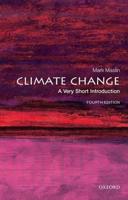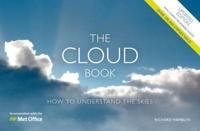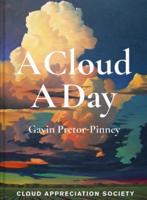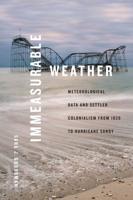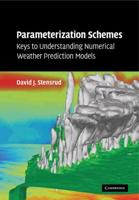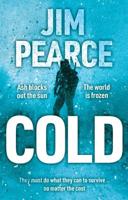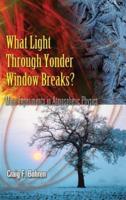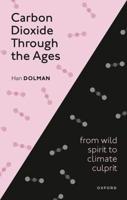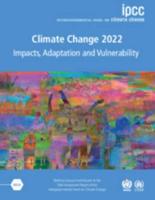Publisher's Synopsis
This book presents a systematic interpretation of the reflectivity of different kinds of clouds and air pollution, deducing from their appearance in various satellite wavelengths several basic facts about their particulate composition. In this way we learn what can be detected and how to recognize it in difficult and unexpected cases.;Professor Scorer has used the results of over eleven years of pictures, contained in the Dundee archive, to challenge many accepted simple explanations. He argues that by using satellite data only after computer processing, much valuable data is likely to be lost, whereas careful visual examination of the pictorial information, in conjunction with careful photographic processing of the images, will enable climatologists and meteorologists including routine forecasting, to make more accurate assumptions when attempting programmed computer treatment.;This aims to be a comprehensive visual examination of all channels. Special study is made of the properties of Channel 3 (3.55-3.93 um), in particular it is shown that there is no effective skylight in this waveband, but at the same time the very small particles at the cloud base together with the unusually strong reflection at the sea surface from a wave-guide along which this component of sunshine is propagated horizontally with the result that low cloud is often lit up before sunrise or after sunset.

